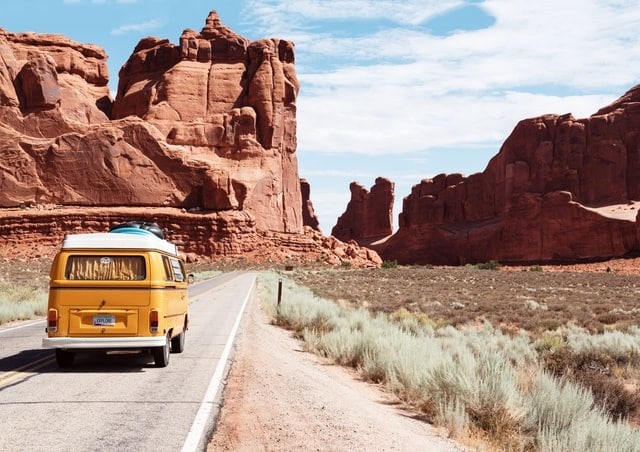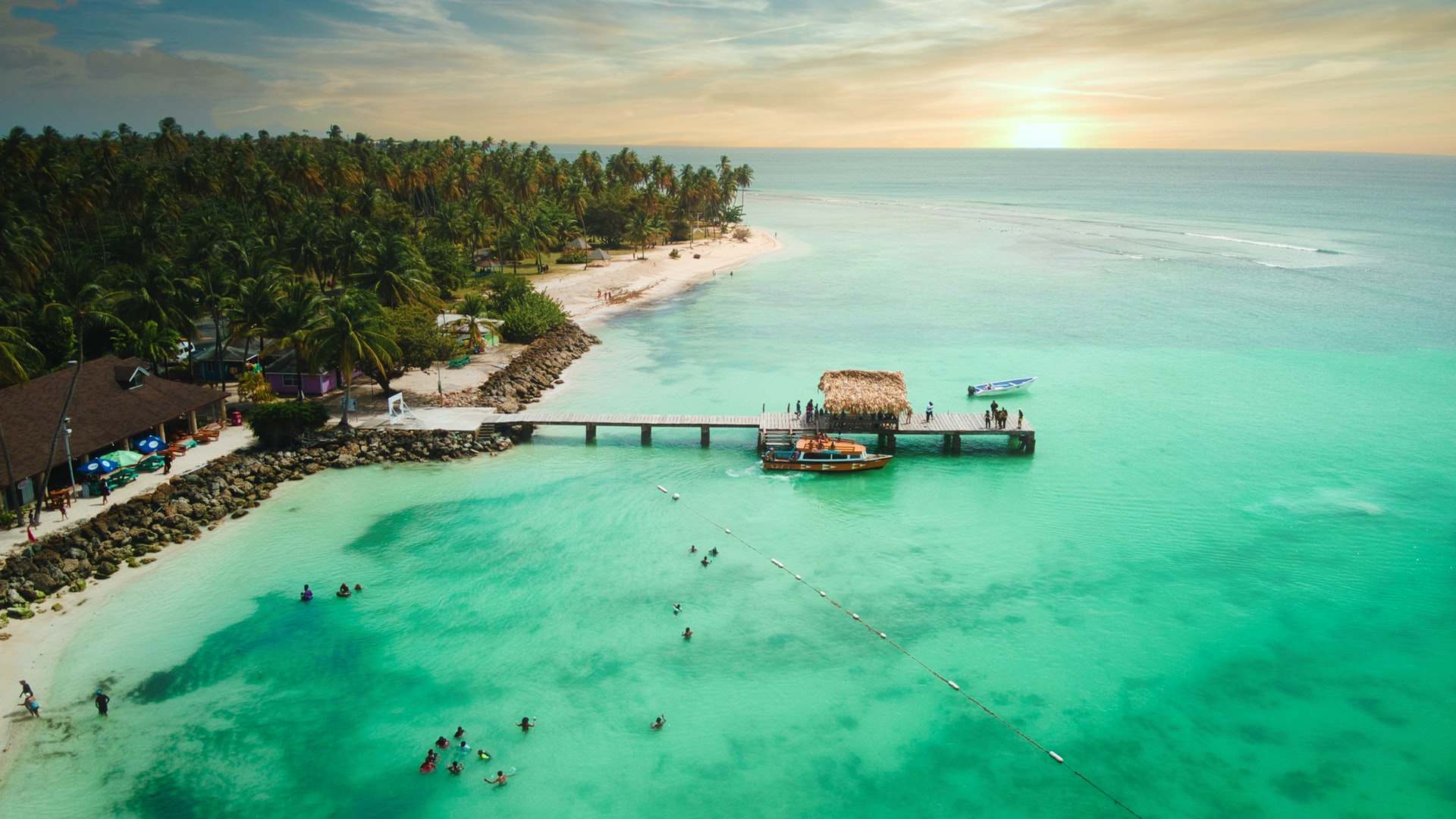Travel guides and Instagram posts show you the glossy side of coastal adventures, but they skip the practical truths that seasoned travelers know. These aren't the secrets that sell destination packages, they're the real insights that can save you money, frustration, and maybe even your safety.
Which tents are the best?
The tent industry wants you to believe expensive equals better, but for beach camping, this is completely wrong. That $600 ultralight mountaineering tent will become your nightmare when salt air corrodes the tiny zippers after three nights by the ocean.
For coastal camping, your biggest enemies are salt air and sand infiltration, not cold or wind. Mid-range tents with oversized vestibules and full rainflies work best. The vestibule becomes essential for keeping gear away from sand and salt spray.
Here's what reviews never mention: tent color matters enormously. Dark tents become ovens in coastal sun, making morning sleep impossible. Light colors like tan or olive green reflect heat while hiding salt stains. Also, ventilation trumps waterproofing every time, beach environments create unique condensation problems that sealed tents make worse.
Your smartphone fails precisely when you need it most, especially in coastal areas where charging is scarce and cell towers are sparse. But the real problem runs deeper: digital maps are designed for cities and highways, not unmarked beach access roads and fishing village shortcuts.
Paper maps reveal crucial information that GPS hides, like whether a beach is accessible at high tide, seasonal road closures, and alternative routes when tourist traffic jams main roads. They show you the bigger picture and help you understand why certain routes exist.
The secret advantage comes when locals give directions using landmarks and local terminology that don't exist in digital searches. A paper map lets you follow these directions and mark your discoveries. Plus, paper maps work regardless of weather, battery life, or signal strength. Studying a paper map before traveling also develops spatial awareness that enhances your entire experience, helping you notice geographic patterns and spot potential detours that algorithms would never suggest.

The travel industry profits from keeping tourists and locals separate, but the real secret to feeling local isn't in guidebooks, it's understanding universal patterns of local life.
First, learn local timing. Coastal communities operate around tides, weather, and fishing schedules. Wake up when locals wake up, eat when they eat. This usually means earlier mornings and different meal times than tourists expect.
Spend time in local grocery stores and markets as practical necessity, not tourist attraction. Notice what's seasonal, how people shop and interact, what's locally made. This teaches you about local life better than any museum.
Learn how locals actually move around like which buses they take, where they park, how they handle logistics. This saves money and creates natural opportunities for interaction.
Most importantly, contribute rather than just consume. Locals immediately distinguish between visitors who see their community as a backdrop and those who recognize it as a living place. Look for small ways to be helpful or support local initiatives rather than just extracting experiences.

